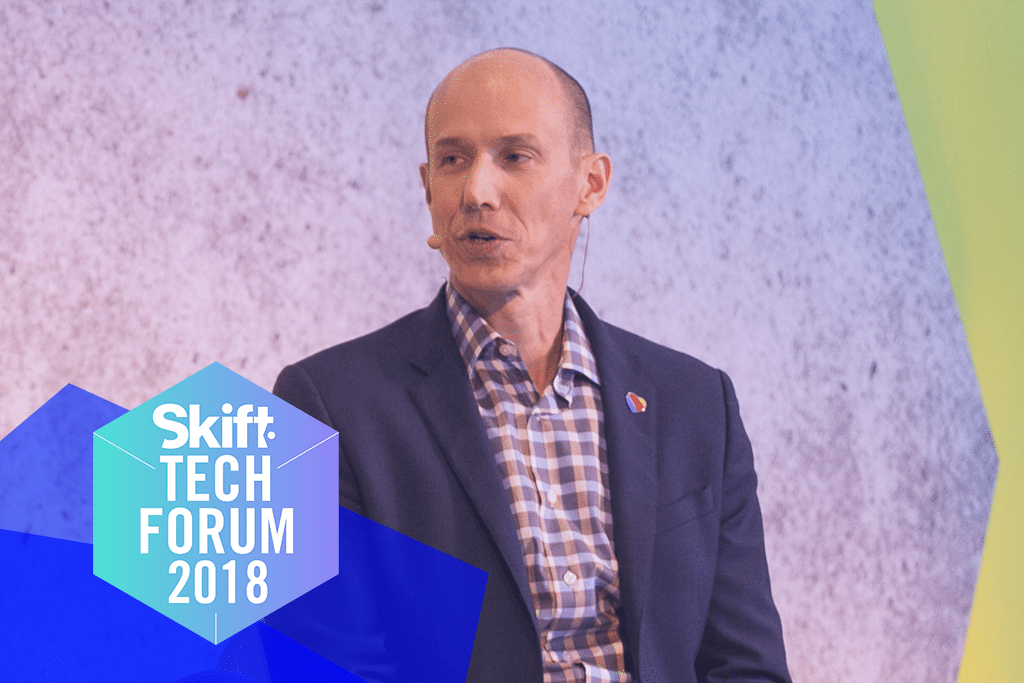Video: Why Southwest Airlines Needs a Super-Fast Website

Skift Take
Southwest Airlines wants to keep its passengers happy, booking quickly, and coming back. In this video, Chief Revenue Officer Andrew Watterson explains some of the ways the airline achieves that goal.
Andrew Watterson has a distinct point of pride when it comes to the website of Southwest Airlines, where he is chief revenue officer: No "spinny thing" appears when users search for a flight, unlike other airline sites.
"Our website is blazing fast, and so if you go into Southwest.com and put in a flight search, it'll come back really fast," he said during a discussion at Skift Tech Forum in Silicon Valley in June. "The real reason behind that is we sell a bundled product. We do not nickel-and-dime you and try to make our money on selling you extra stuff,
